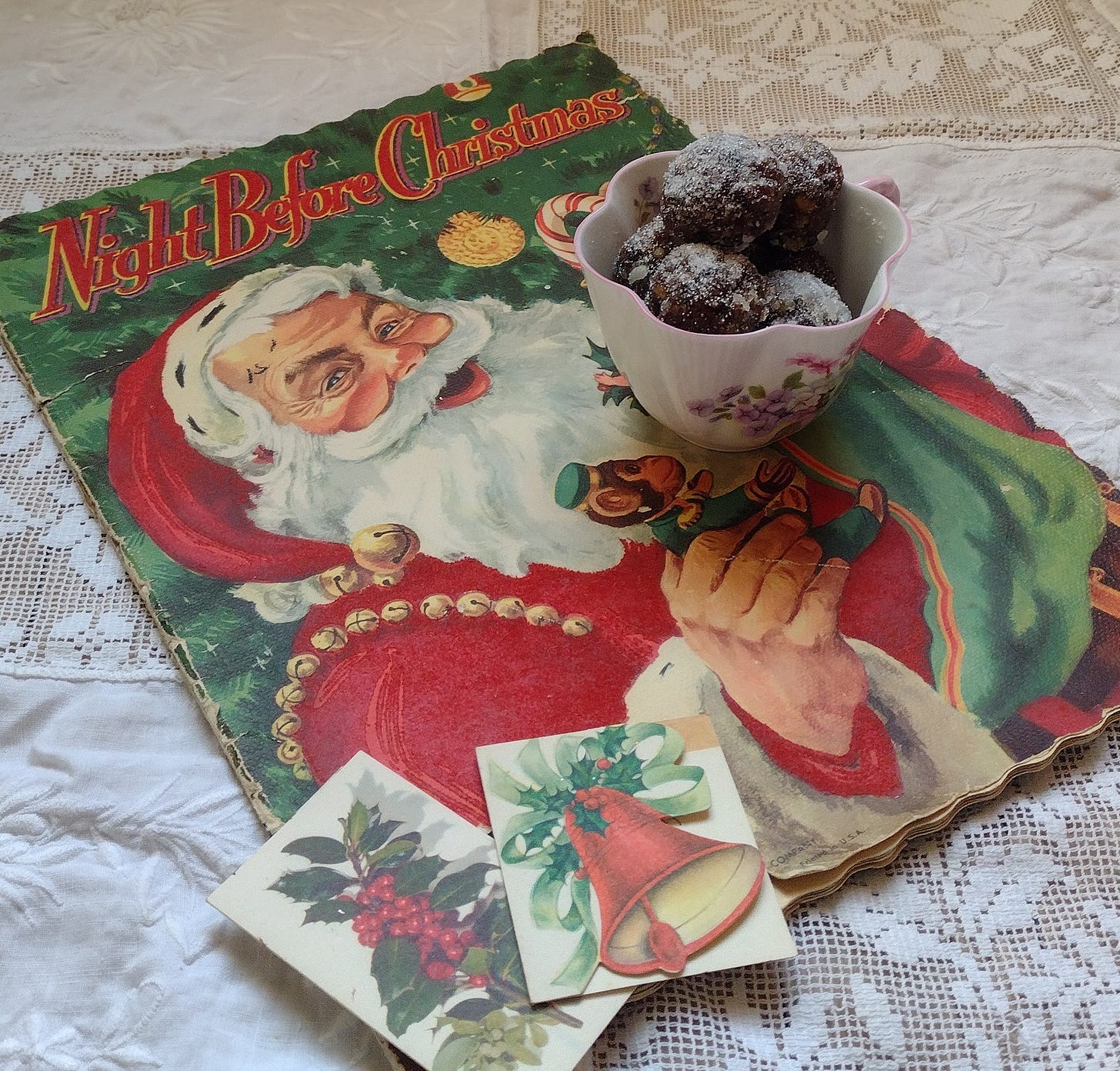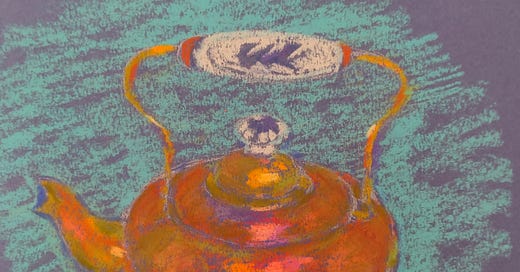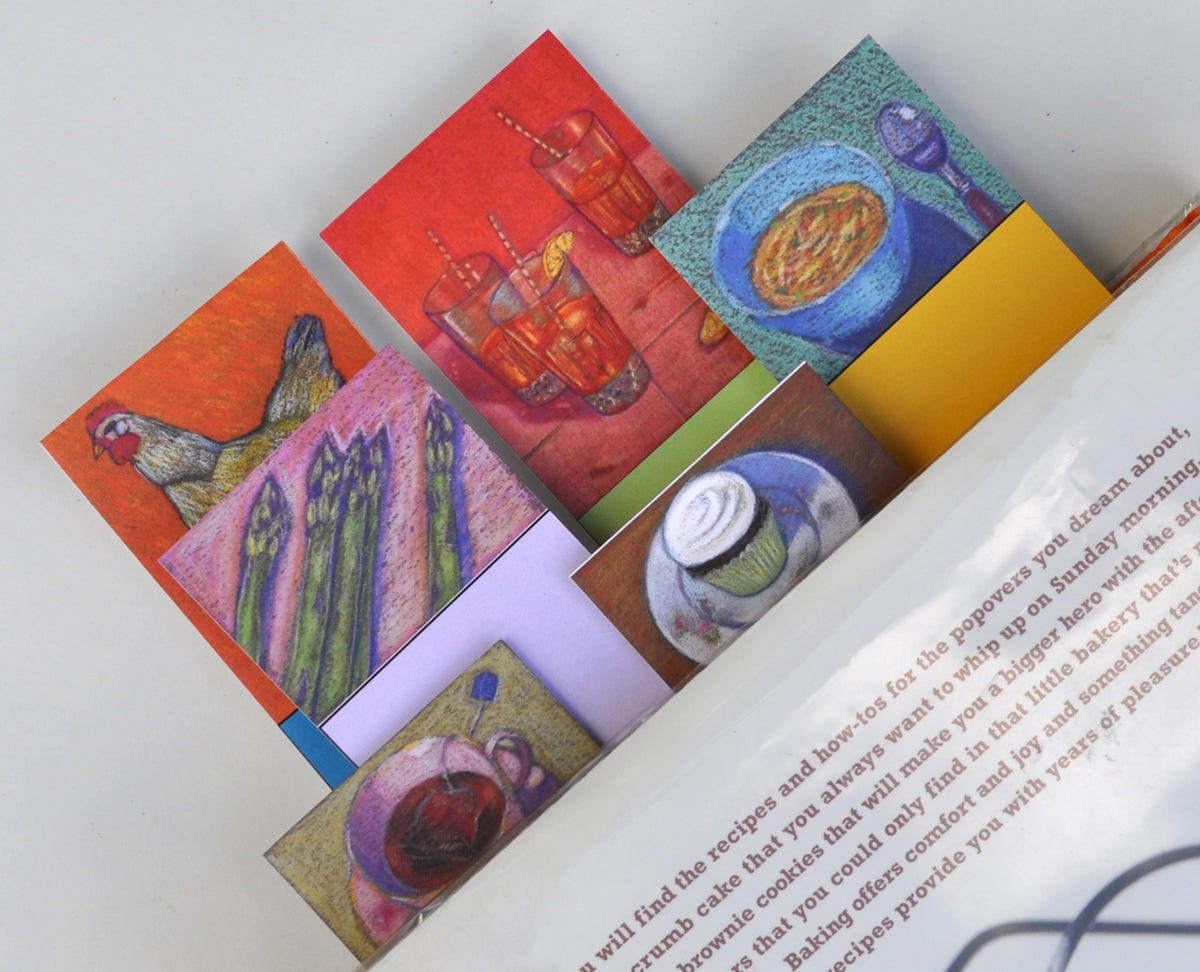Hello,
Sugar plums are featured in both a classic children’s poem and a ballet, both of which are popular and beloved during the Christmas season. The Night Before Christmas was published anonymously in an upstate New York newspaper, the Troy Sentinel, on December 23, 1823, and later claimed by Clement Clarke Moore, a writer and religious scholar, in 1844. It includes the line, “The children were nestled all snug in their beds, While visions of sugarplums danced in their heads.” The poem establishes the image of a jolly Santa Claus, “his cheeks were like roses, his nose like a cherry!”, that is still depicted today. Moore professed ownership of the poem after the death of Henry Livingston, Jr., a member of a prominent Colonial family and soldier in the Revolutionary War, whose children claimed that he was the author of the poem as they had recollections of him reciting it to them before 1823. Years of debate on the real author ensued. Livingston often published poetry and prose under a pseudonym. In 2016, Macdonald P. Jackson, a retired professor from the University of New Zealand, who has spent his entire career analyzing authorship declared Livingston to be the writer based on computer models that compared the poems of both men. Either way, the poem is a pleasure to read aloud to children.
The Nutcracker Suite was composed by Pyotr Ilyich Tchaikovsky and commissioned by the Imperial Russian Ballet. It is based on a rather dark tale by Alexandre Dumas that had been adapted from The Nutcracker and the Mouse King written by E.T.A. Hoffman. In the ballet, first performed in 1892, events center around a Christmas Eve celebration. The central character, a young girl named Clara, slips downstairs during the night to play with her favorite toy, a nutcracker. The nutcracker comes to life as a handsome prince and sweeps her away to the Land of Sweets where they are welcomed by the Sugar Plum Fairy.
But what are sugar plums? The history seems to be a bit murky and to have as many twists and turns as the authorship of The Night Before Christmas. Some historians suggest that the term “sugar plum” may have referred to adding sugar to plums to preserve them, much the way jam is made. The wedding feast for Henry IV of England in 1403 included sugar plums. By the 16th century in England, the term could include any treat that was sweet and spherical, perhaps a combination of dried fruit and nuts with a light coating of sugar. As sugar was expensive, dried fruit would satisfy a sweet tooth. During the 18th century in England, a rich person was sometimes referred to as a “plum” and a desirable position might be (and still is) referred to as a “plum job”. Coming closer to modern times, food writer Mimi Sheraton includes sugar plums in her 1968 Christmas cookbook Visions of Sugarplums.
Sugar plums are flour-free, made primarily with healthy ingredients, and delicious with a hot beverage in the middle of the afternoon. They are easy to prepare and will last for up to a month refrigerated in an airtight container. They contain warm, aromatic spices and the recipe easily allows for substitutions. So, gather your favorite dried fruits and nuts and give them a try. They do not even require baking!

Sugar Plums
Ingredients
1/2 cup almond meal
1 cup walnuts
1 cup prunes, pitted
1 cup dried apricots
1/2 cup dried cranberries
2 T. honey,
1/2 t. cinnamon
1/4 t. cloves
1/2 cup sugar (optional)
Directions
Preheat oven to 350 degrees. Spread walnuts on one end of a cookie sheet and the almond meal on the other end. Toast in the oven for 8 minutes. Cool.
While the nuts and almond meal are toasting place all the dried fruit and spices in the bowl of a food processor. Pulse until the mixture has reached a uniform consistency and before it has formed into a ball. Add the walnuts and almond meal. Pulse. Drizzle in the honey. Pulse. (The honey is the “glue” holding everything together, if your dried fruit has enough moisture, you may not need it.)
Use a tablespoon to measure the sugar plum mixture. Roll them into balls and store them in an airtight container. Before serving you can roll them in sugar. I had trouble getting the sugar to adhere uniformly, so after the ones in the picture, I skipped this step.
Yield: 24 sugar plums
Recommend Easel to Table to a friend, email me that you have done so, and I will send you the PDFs to print my illustrated bookmarks. They are handy when planning holiday meals.
Thanks for reading!
Happy Holidays!
Vicki






The recipe reminds me of Moroccan Haroset Balls, which are made for Passover. So interesting that they’re so similar.
This is wonderful! Christmas Eve magic ✨